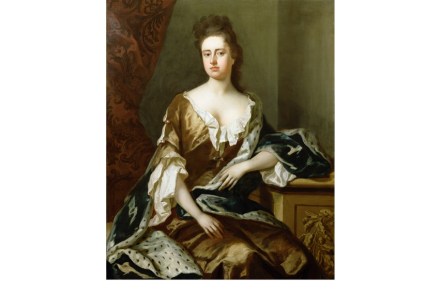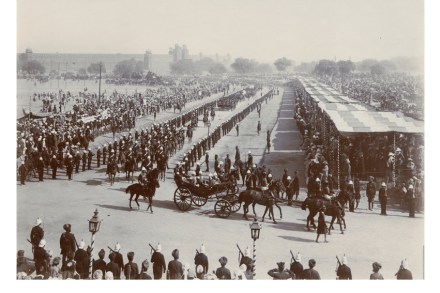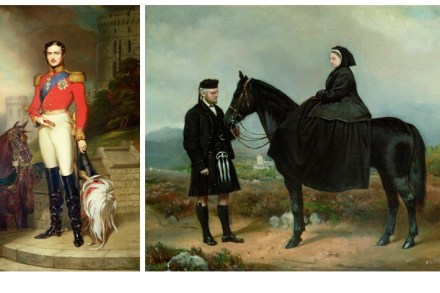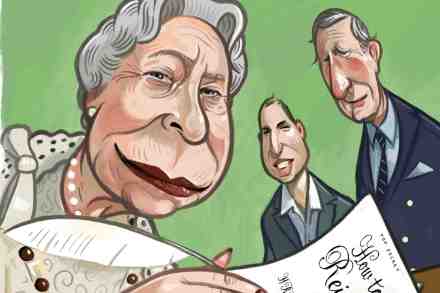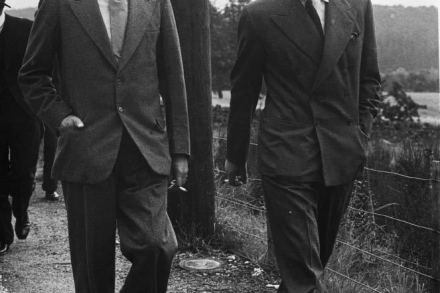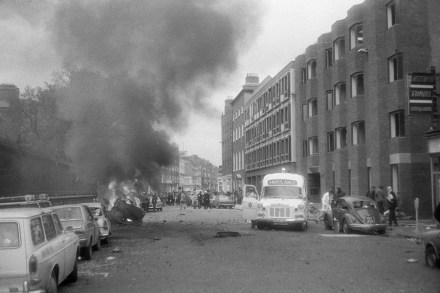Queen of sorrows
She was the ill-educated younger child of the Duke of York; a mere female, she was sickly and not expected to survive, let alone become Queen. But, as this monumental and long overdue reappraisal shows, it was a mistake to underestimate Anne Stuart. She had always been ambitious and had great tenacity. She had no qualms about putting her beloved Church of England above loyalty to her father and King, the Catholic James II. Indeed, she was a key player in the Revolution of 1688. Legislation declaring that the monarch could not be Catholic or married to a Catholic meant that the question of her Catholic half brother’s legitimacy and
